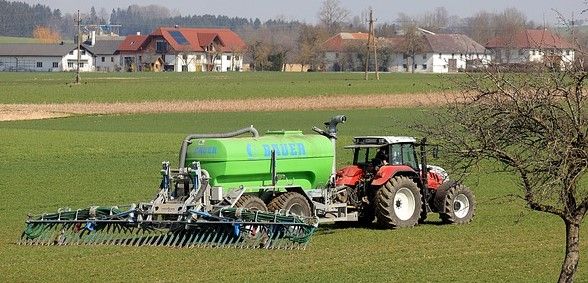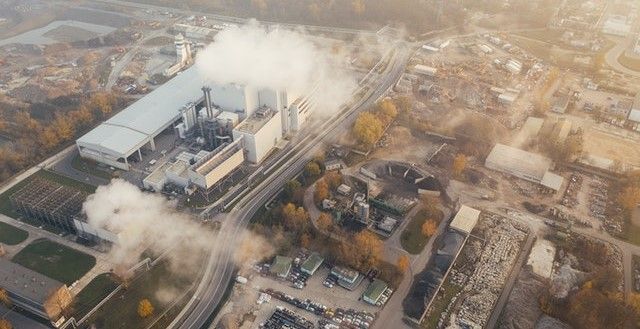Potassium sulfate has been known to science since the 14th century and was well used in the experiments of chemists such as Johann Glauber, Otto Tachenius, and Robert Boyle. But today, despite its widespread use as a feedstock for fertilizer, there is still a degree of confusion surrounding this valuable raw material.
This article, the second of two discussing SOP, will further attempt to clarify the issue. You can read the first article here.
Confusion Over what SOP is Used For
While it is true that 90% of the potassium sulfate market is geared towards the manufacture of fertilizers, the remaining 10% is used for other industrial purposes.

SOP can also be applied as an animal feed additive due to its rich potassium content. However, beyond agriculture, K2SO4 is used in the manufacture of cement and gypsum/plaster board. It is also used to make some glass and ceramic products, is a feedstock in the synthesis of potassium aluminium sulfate, is used as a flash suppressant in the manufacture of explosives and pyrotechnics, and as an ingredient for the production of numerous dyes, lubricants, surface treating agents, and abrasives.
Potassium sulfate is clearly so much more than just a raw material for fertilizer.
Confusion over How SOP is Made
While potassium sulfate can be found as a naturally occurring mineral, it is more typically processed from other raw materials. However, as well as having several names, SOP also has several different production methods.
The Mannheim Process
The most common process for producing SOP is the Mannheim process which involves heating potassium and other raw minerals (such as magnesium, sodium, and chloride) to more than six hundred degrees Celsius in a muffle furnace. At this temperature, potassium chloride reacts with sulfuric acid to produce potassium sulfate. The Mannheim process is responsible for producing 50 to 60% of the world’s SOP.

Reactions with Potassium Chloride
Accounting for about 25 to 30% of global SOP production are processes where potassium chloride reacts with various sulfate salts – most commonly sodium sulfate.
The sodium sulfate is treated with brine that has been saturated with potassium chloride to produce glaserite. This product is then treated with fresh potassium chloride brine and then left to decompose into potassium sulfate and sodium chloride.
SOP from Natural Brines
A number of companies also produce potassium sulfate from naturally occurring salt waters with high concentrations of sulfate. This is typically conducted at salt lakes, such as in the Salar de Atacama in Chile, in Overland Park in Kansas, and the Beyondie SOP Project at Kalium Lakes in Australia.
Other SOP processing methods vary dependent upon the original raw material source. For example, in New Mexico, potassium sulfate is separated from local langbeinite minerals through a reaction with a potassium chloride solution which removes by-products such as magnesium to leave a purer form of SOP.

Canada is by far the largest potash producer in the world, processing more than fourteen million metric tons per year, followed by Russia which produces 7.6 million metric tons, and Belarus with 7.3 million metric tons.
While more than 90% of SOP is used as a fertilizer, the chemical also has applications in the manufacture of abrasives and surface treating agents.
The largest suppliers are K+S Group, Guotou Xinjiang LuoBuPo Potassium Salt, and the Tessenderlo Group who combined are responsible for a 45% share of the total global supply. This leaves a multitude of smaller players who can influence prices and are available in niche markets.
Fundamentally though, potassium sulfate is a premium fertilizer raw material. It offers significant advantages over other potash products, most notably, SOP is low in chlorides, is high in potassium and sulfur, and because of its reduced salinity it is ideal for use in salty soils.
If you are looking for a trusted and reliable supplier of potassium sulfate then visit AG CHEMI GROUP. Their well-informed sales team (who support this website) can provide sulfate of potash with a high concentrations of potassium (50% K2O) and sulphur (18%).
Photo credit: Tom Fisk, Samuel Faber from Pixabay, Marcin Jozwiak from pexels, & Franz W.